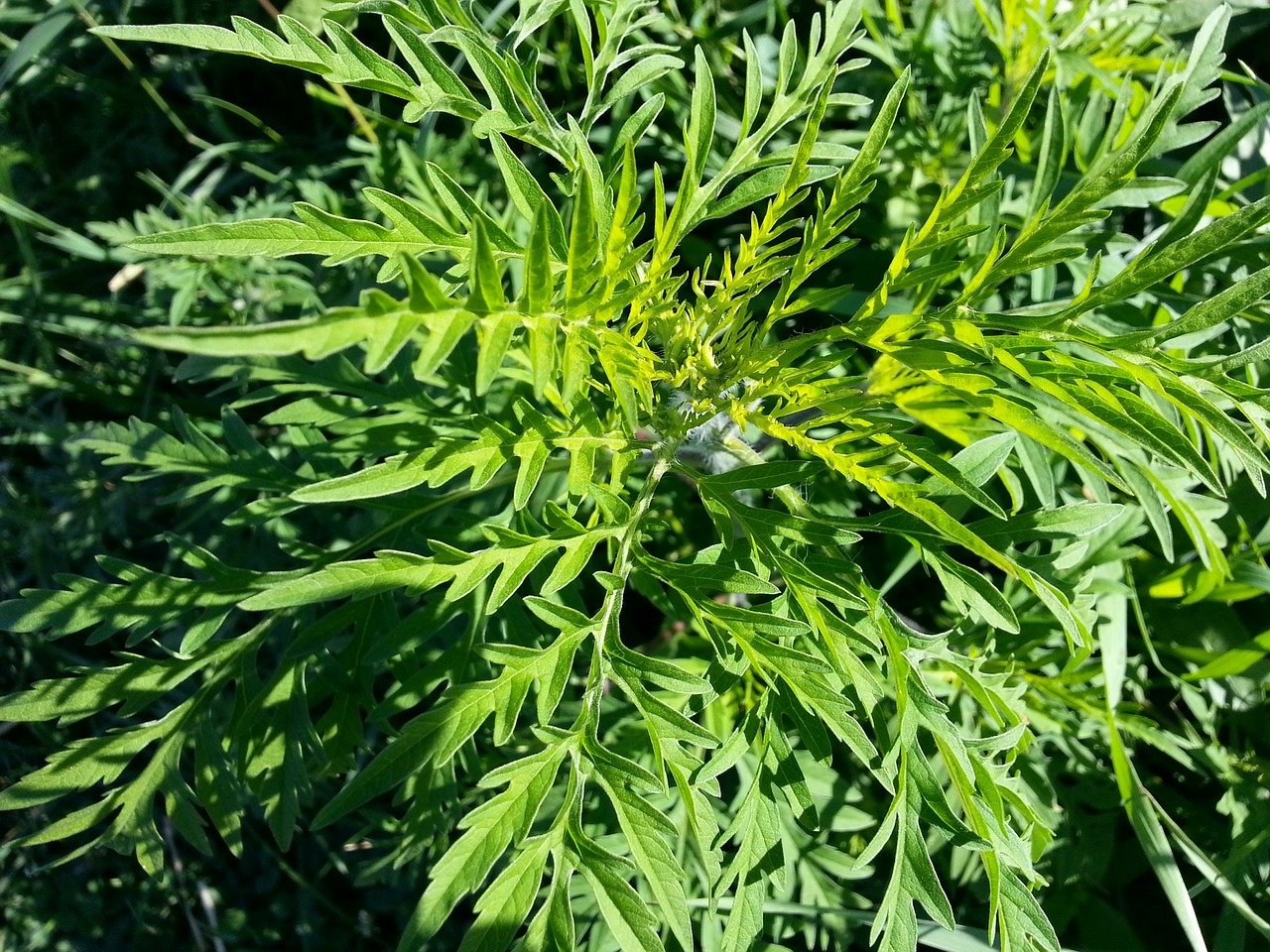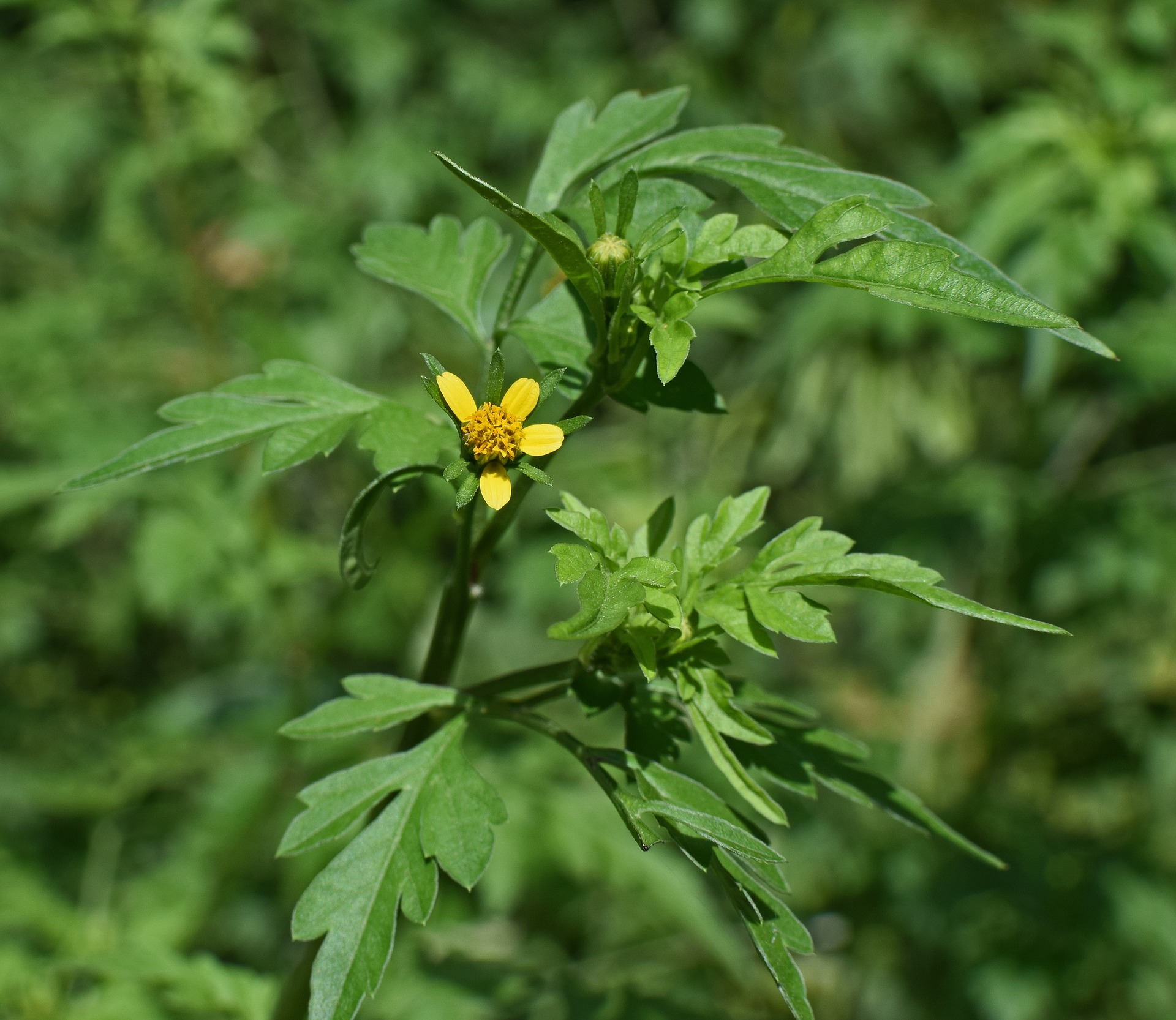- Mostly cloudy
Sep 23
- Overall Air Quality: Good
- Grass: Low
- Mold: Low
- Tree: Low
- Ragweed: Low View Full Report
- Pleasant with intervals of clouds and sunshine
Sep 24
- Overall Air Quality: Moderate
- Grass: Low
- Mold: Low
- Tree: Low
- Ragweed: Low View Full Report
- Pleasant with intervals of clouds and sunshine
Sep 25
- Overall Air Quality: Moderate
- Grass: Low
- Mold: Low
- Tree: Low
- Ragweed: Low View Full Report
- A couple of showers in the morning; otherwise, very warm with times of clouds and sun
Sep 26
- Overall Air Quality: Moderate
- Grass: Low
- Mold: Low
- Tree: Low
- Ragweed: Low View Full Report
- A couple of showers in the morning; otherwise, mostly cloudy, very warm and humid
Sep 27
- Overall Air Quality: Moderate
- Grass: Low
- Mold: Low
- Tree: Low
- Ragweed: Low View Full Report
Do you experience itchy eyes, sneezing, headaches, or a runny nose in the fall? You may be suffering from ragweed allergies, otherwise known as “hay fever”. The light pollen from ragweed rampantly spreads during the fall season, triggering seasonal allergic rhinitis or even allergy-induced asthma in approximately 23 million people in the US. While ragweed allergies are more common in the East and Midwest, ragweed’s fine-powder pollen exists in every state. In Central Texas, ragweed starts pollinating as early as August, peaks by late-September, and can stick around until late November. Read more below about the most common allergy symptoms in ragweed season, causes, treatment, tips for prevention, and the answers to the most frequently asked questions about ragweed allergies.
Symptoms
The symptoms of ragweed allergies mimic those of other pollen allergies. If you are allergic to ragweed, you may experience any of the following symptoms.
- Itchy, watery eyes
- Sneezing
- Headaches/dizziness
- Runny nose
- Nasal congestion
- Rashes
- Itchy throat
- Coughing or wheezing
- Sinus pressure
Causes
Ragweed allergy occurs when the body’s immune system has an improper response to ragweed pollen. For people with ragweed allergies, the body incorrectly detects this pollen as a harmful invader and tries to fight against it. By doing so, a natural chemical called histamine is released in the body, which triggers your symptoms of runny nose, sneezing, itchy eyes, headaches, etc. Ragweed pollen is typically most abundant during the hours between 10 am and 3 pm from late July through November. Additionally, ragweed pollen levels may vary with the weather and tend to be higher in warmer temperatures and lower after rain. You may be more at risk for developing ragweed allergies if you have:
- Allergies to other types of pollen
- Allergies to mold or dust mites
- Family history of ragweed allergies
Diagnosis and Treatment
Your allergist can diagnose you with ragweed allergies. After asking about your medical history and your symptoms including when they first started and how long they’ve lasted, your allergist will then perform a skin prick test to identify the specific allergens that are triggering your symptoms. The 20-minute procedure involves using a plastic skin testing device to apply diluted drops of the allergen to your back and waiting 15 minutes to observe for an allergic reaction through the formation of a small, raised red bump at the site. The most common treatments for ragweed allergies include medications and allergy therapy. For short-term relief, the following medications are commonly used to control symptoms. It’s important to discuss with your allergist first about which medication(s) are right for you.
- H1 Antihistamines and or H2 Antihistamines
- Nasal sprays
- Leukotriene inhibitors
For long-term protection against ragweed allergies, many people choose to undergo allergy immunotherapy. Immunotherapy helps your body’s immune system develop long-term resistance to the allergen and exists in three forms.
- Shots/Injections
- Under the tongue Drops (sublingual)
- Tablets that dissolve under the tongue
Talk to your allergist about whether you may be a candidate for allergy immunotherapy and discuss which option, shots or drops, is the best fit for you.

Prevention
To limit your exposure and minimize your allergic symptoms during ragweed season, try to do the following:
- Monitor pollen counts and if possible stay indoors on the days with a high count
- Change your clothes and wash your hands after spending time outdoors
- Wipe your pet’s paws and fur before letting them back into your home
- Keep windows closed in your car and home
- Vacuum once a week
- Remove your shoes before entering your home
Additionally, you may experience symptoms after eating specific foods that contain similar proteins to those found in ragweed pollen. This is known as oral allergy syndrome, which differs from a true food allergy. Below are the major foods to avoid during ragweed season.
- Bananas
- Honey
- Melons
- Cucumbers
- Cantaloupes
- Sunflower seeds
- Zucchini

FAQ
What are the symptoms of ragweed allergy?
- Ragweed allergy causes what is known as “hay fever”. Common symptoms of ragweed allergy include sneezing, stuffy nose, runny nose, itchy throat, itchy eyes, and headaches. Ragweed allergy also could potentially worsen asthma symptoms such as coughing and wheezing and may lead to asthma attacks.
What are the treatments for ragweed allergy?
- If you are suffering from ragweed allergy symptoms, talk to an allergist. Your allergist can skin test you to determine if you truly have a ragweed allergy. Allergy medications such as antihistamines or nasal sprays can be used to control your symptoms during ragweed season. It’s better to start using medication two weeks in advance before your ragweed allergy symptoms are most intense but consult with your allergist first about which medications are right for you.Some immunotherapy options to consider if you have a severe case of ragweed allergy and want to build long-term protection include allergy injections or drops under the tongue.
When is ragweed allergy’s peak season?
- Ragweed pollen allergy usually peaks in the middle of September. However, the pollen can appear as early as the end of July and typically persists until November.
How many people are affected by ragweed allergies?
- Up to 23 million residents of the United States, or 1 in 5 people, are affected annually by ragweed allergy.
What are the best ways to prevent symptoms during ragweed season?
- Limit your exposure by staying indoors if possible when the ragweed pollen count is at its highest, usually between the hours of 10 am and 3 pm. Ragweed pollen can stick to clothes and skin, so changing clothes and washing your hands after you’ve been outside may also help limit your symptoms. Additionally, be cautious of food triggers as certain foods contain a similar protein to the protein found in ragweed pollen. These foods include, but are not limited to, melons, cucumber, bananas, and honey.
Next steps
If you are interested in further discussion about your specific needs, Dr. Reshamwala is happy to see you and answer any questions you may have. Please call 512-382-1933 or email clinic@frontierallergist.com to schedule an appointment today! Book appointment
Written by: Dr. Neha Reshamwala
NPI number: 1780874578
Page last reviewed: 03/20/21


